What a present day water crisis looks like
Predictions of catastrophic water shortages may seem like apocalyptic visions of the future, but water crises are indeed a fact of modern life already. Natural factors like drought have left some reservoirs depleted, while siphoning of historical water sources have transformed freshwater bodies into dusty shadows of their former selves.
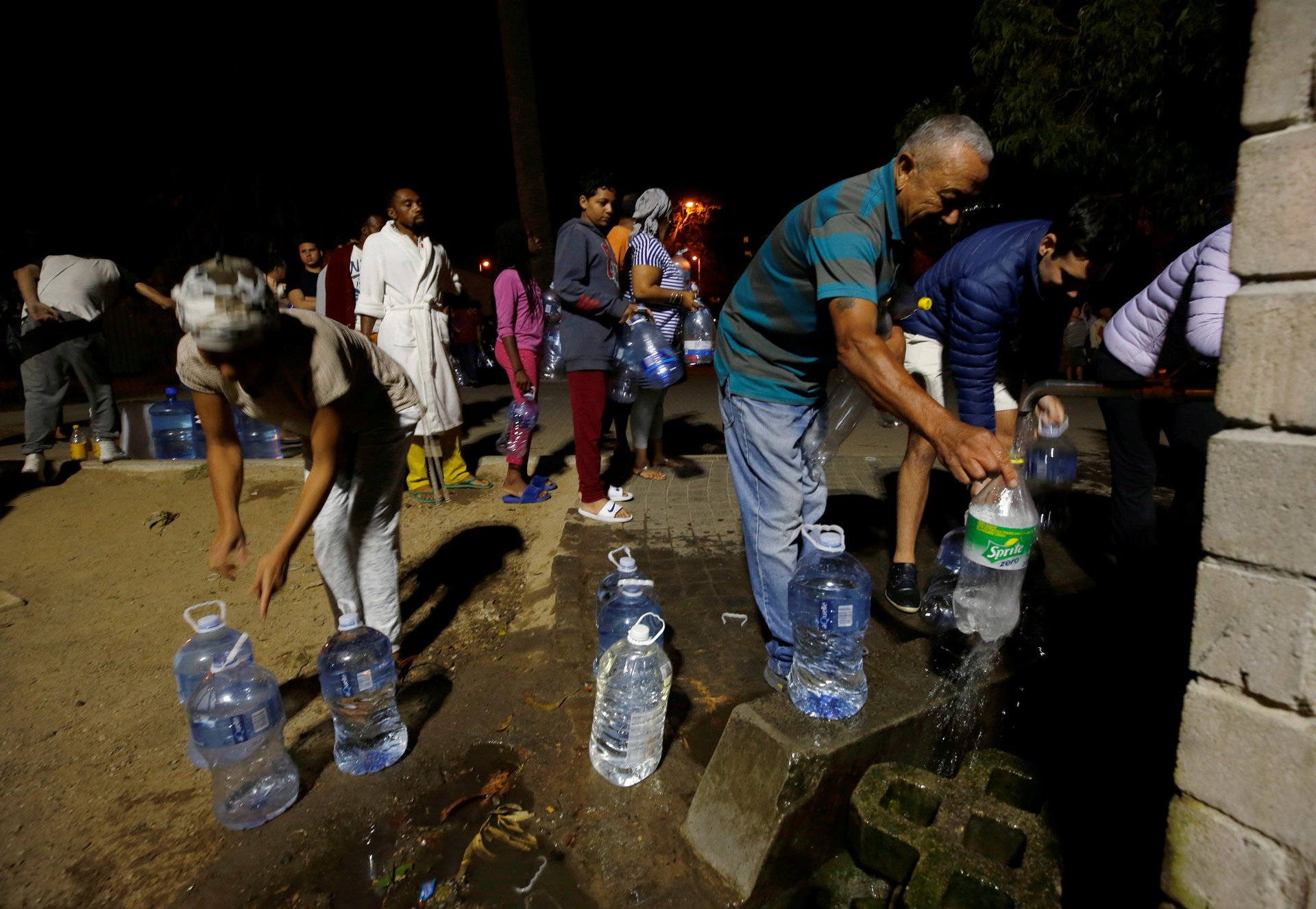

Predictions of catastrophic water shortages may seem like apocalyptic visions of the future, but water crises are indeed a fact of modern life already. Natural factors like drought have left some reservoirs depleted, while siphoning of historical water sources have transformed freshwater bodies into dusty shadows of their former selves.
Aral Sea
What used to be one of the largest freshwater bodies in the world is now mostly desert. After Soviet-era decisions to divert water for agricultural projects from this lake that touches what is now Kazakhstan and Uzbekistan, the Aral Sea has continued to shrink over the decades, down to about 10% of its original footprint.
Cape Town, South Africa
Prolonged drought brought Cape Town, South Africa to the brink of “Day Zero,” when the city would run out of usable water. Extreme water saving measures were enacted and in February of last year, Day Zero was moved to 2019 and some restrictions were relaxed.
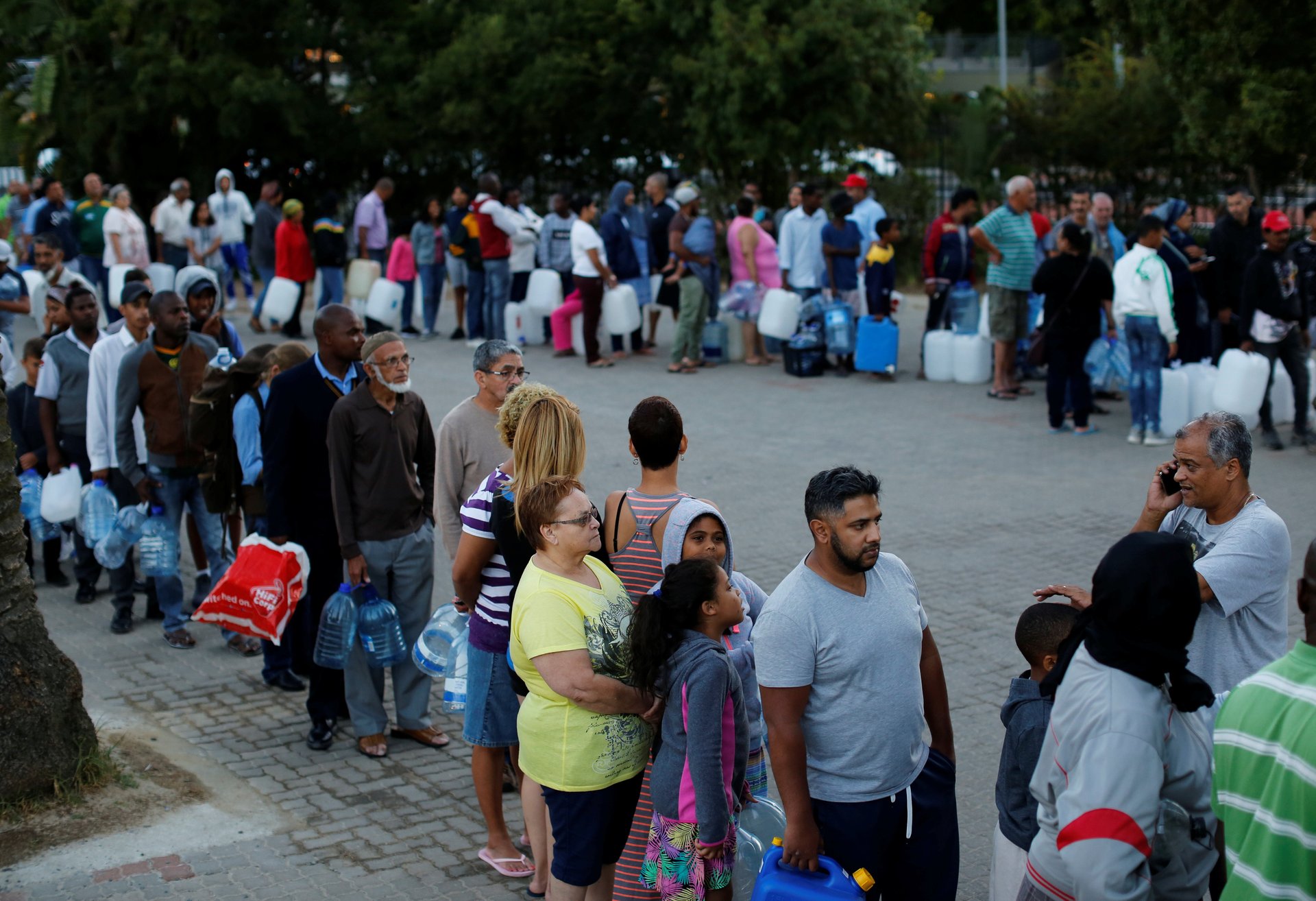

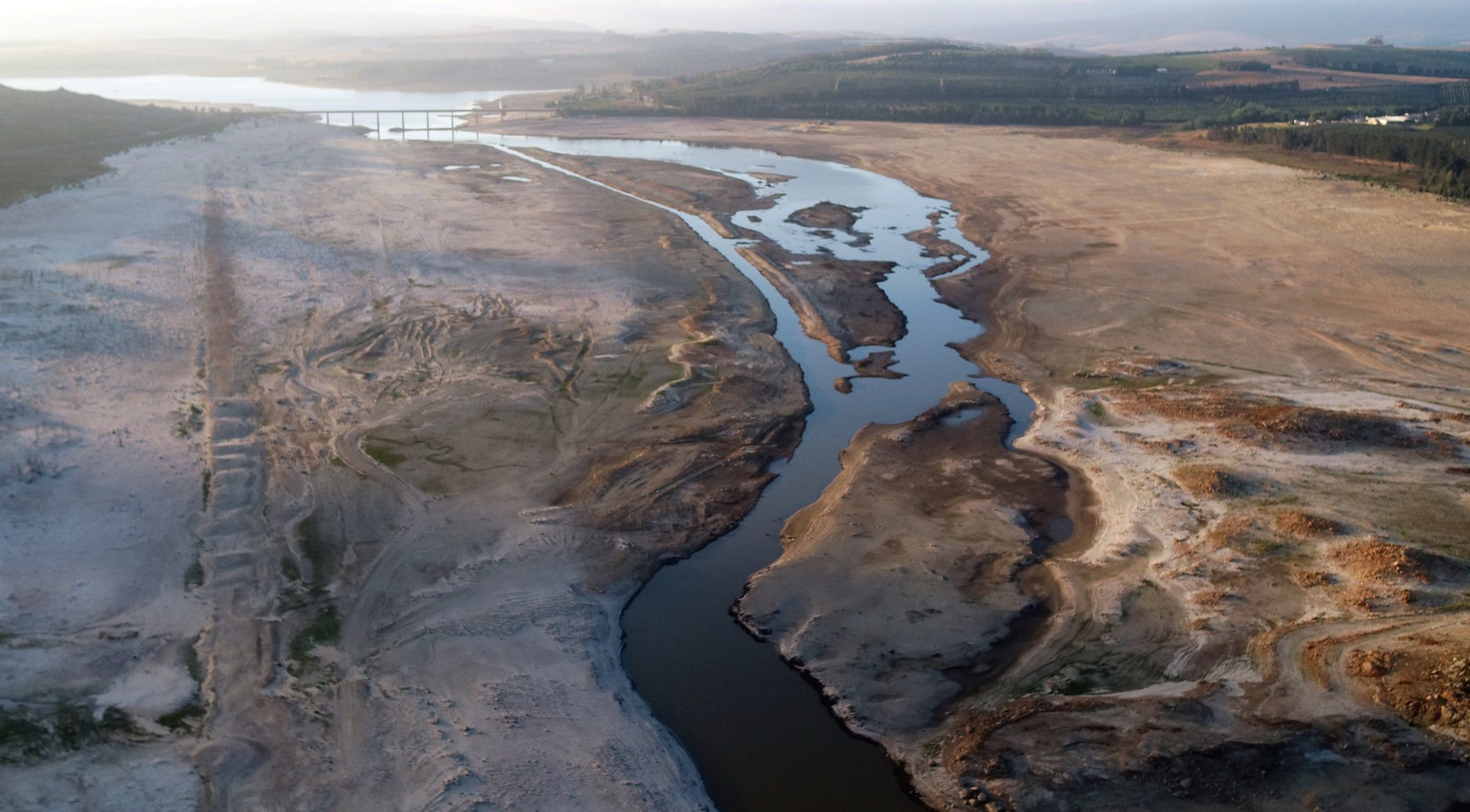
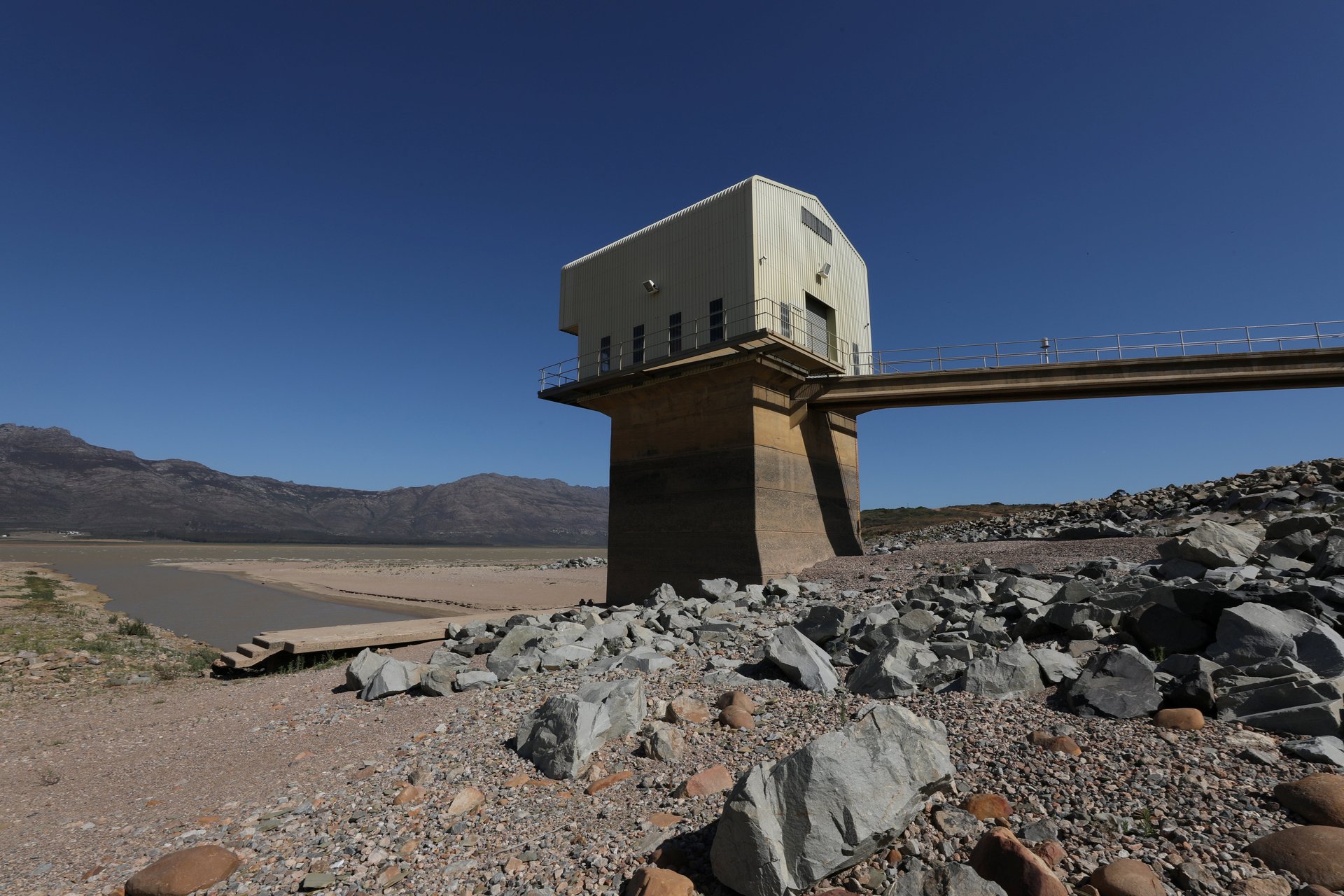
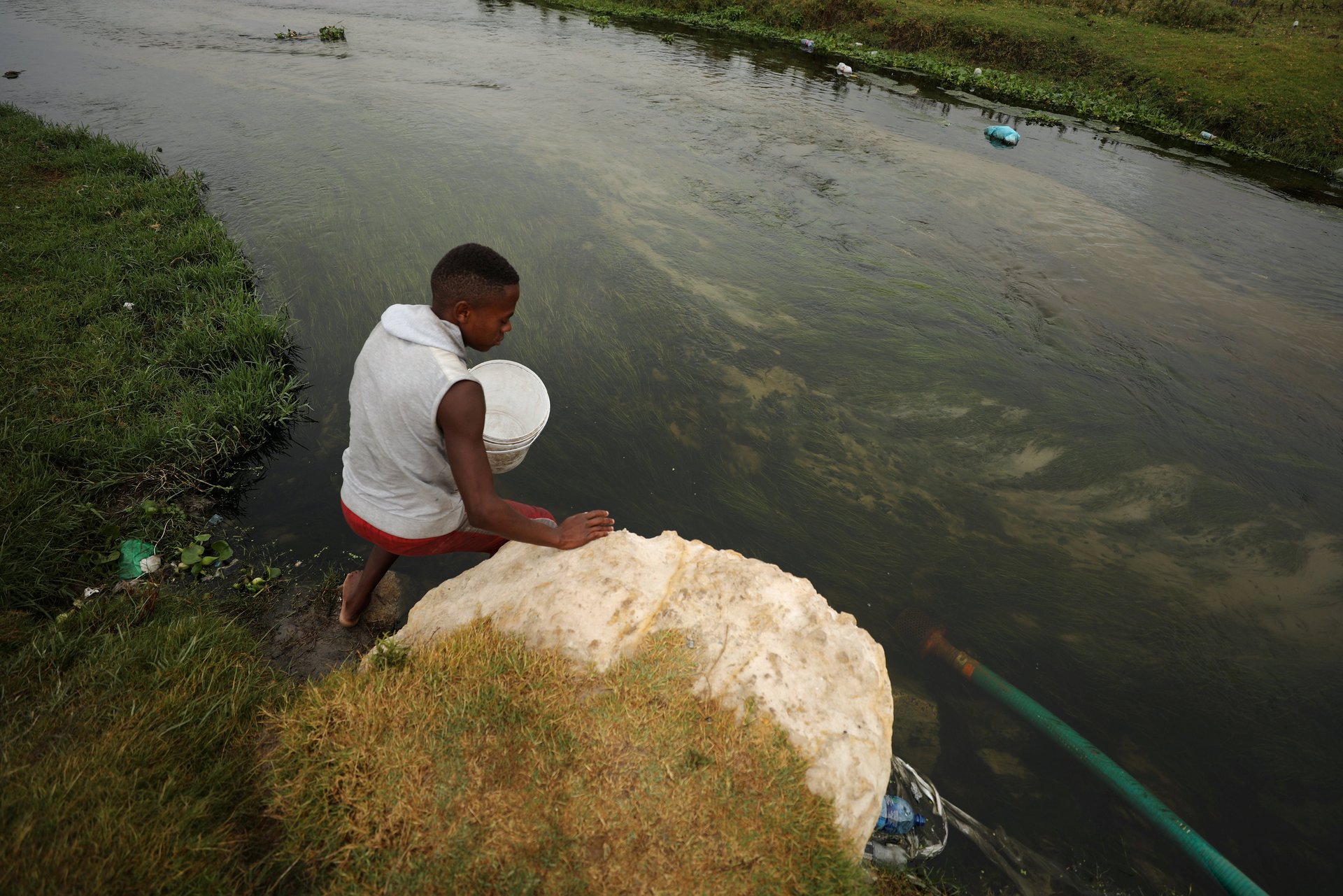
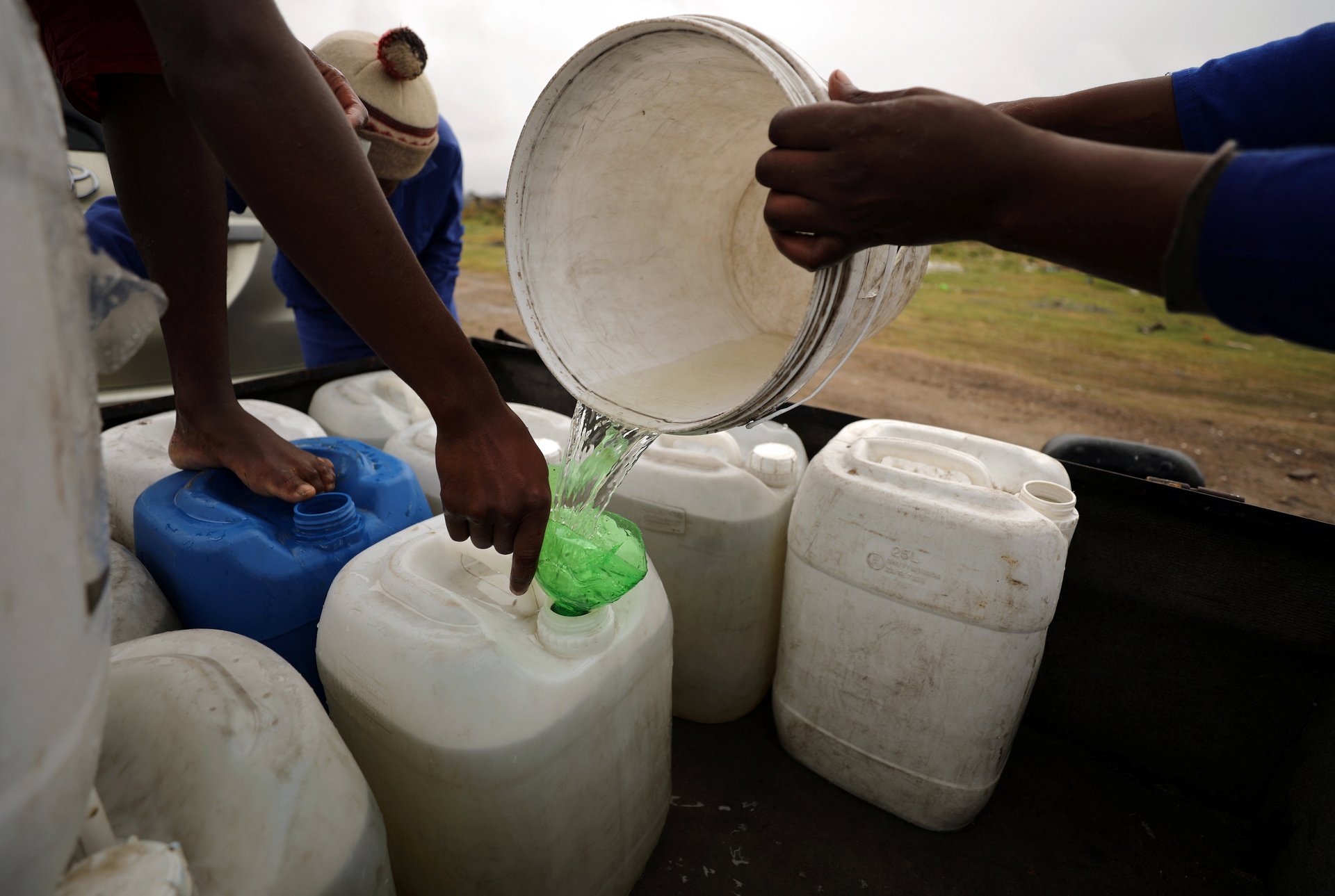
Lake Poopo
Though salty, Bolivia’s former second largest lake, Lake Poopō, provided a way of life for indigenous populations and diverse wildlife. What remains now is mostly arid salt flats.
Australian droughts
Australia is already a particularly dry continent, but recent droughts have been some of the worst in memory.
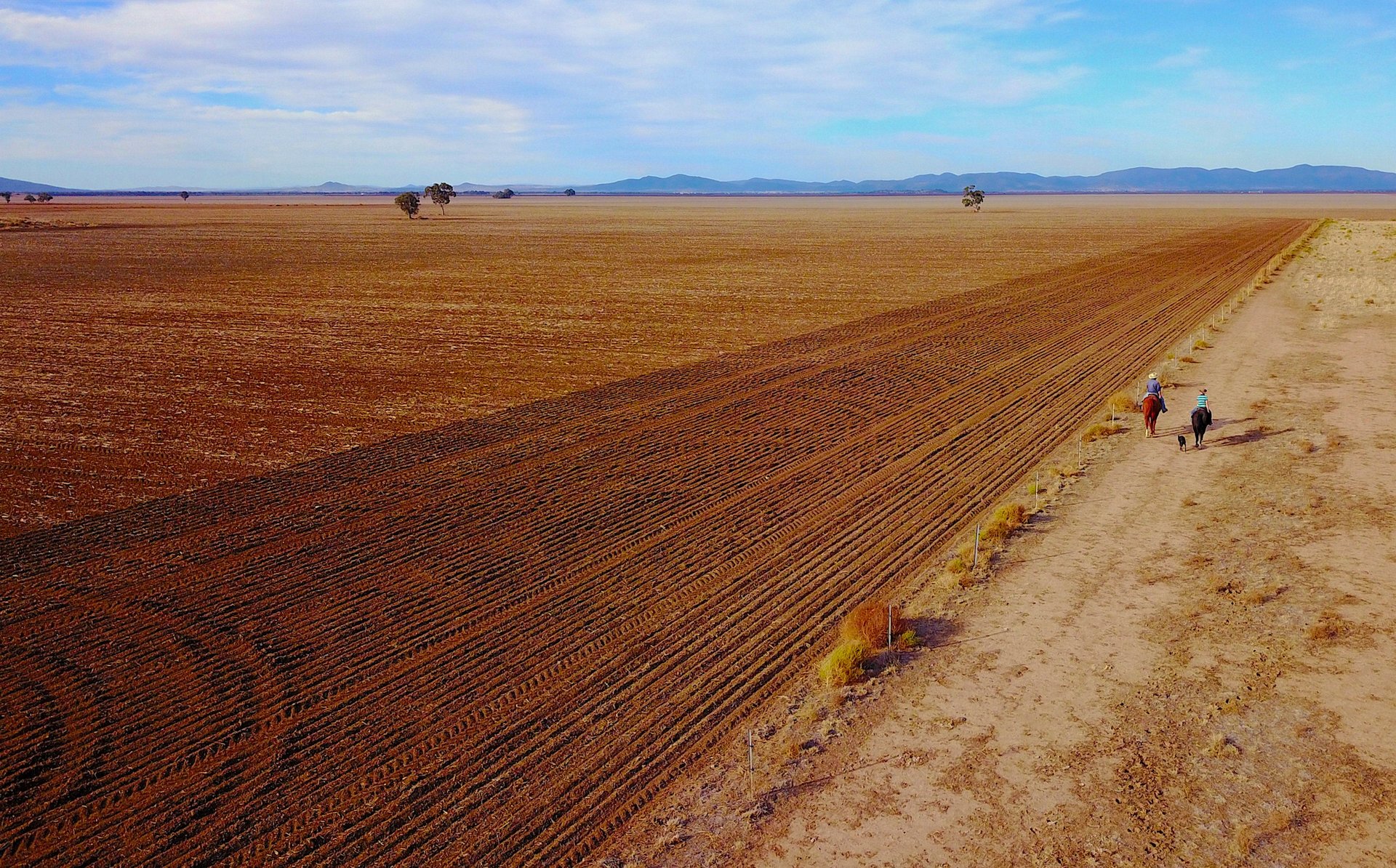
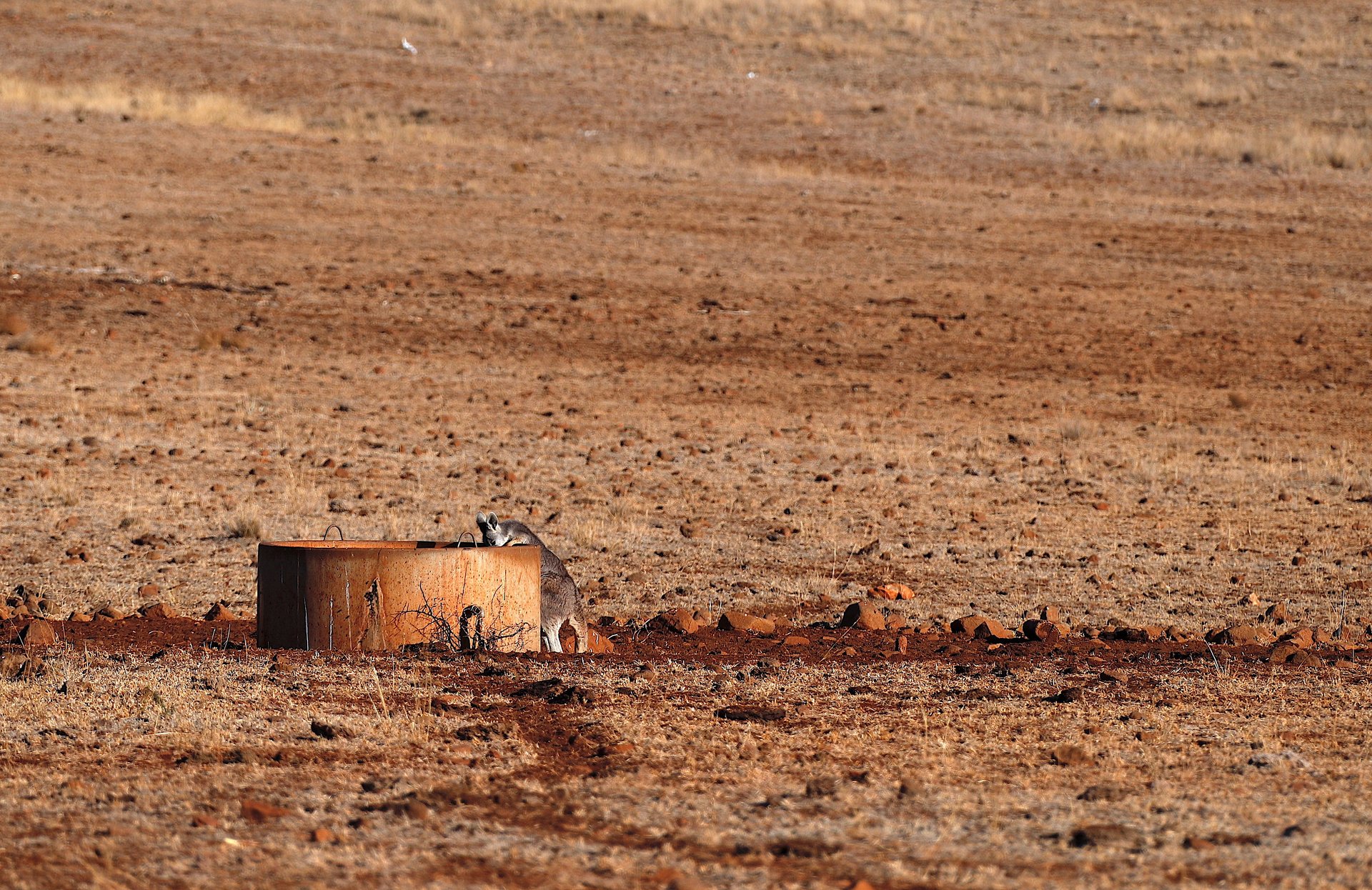
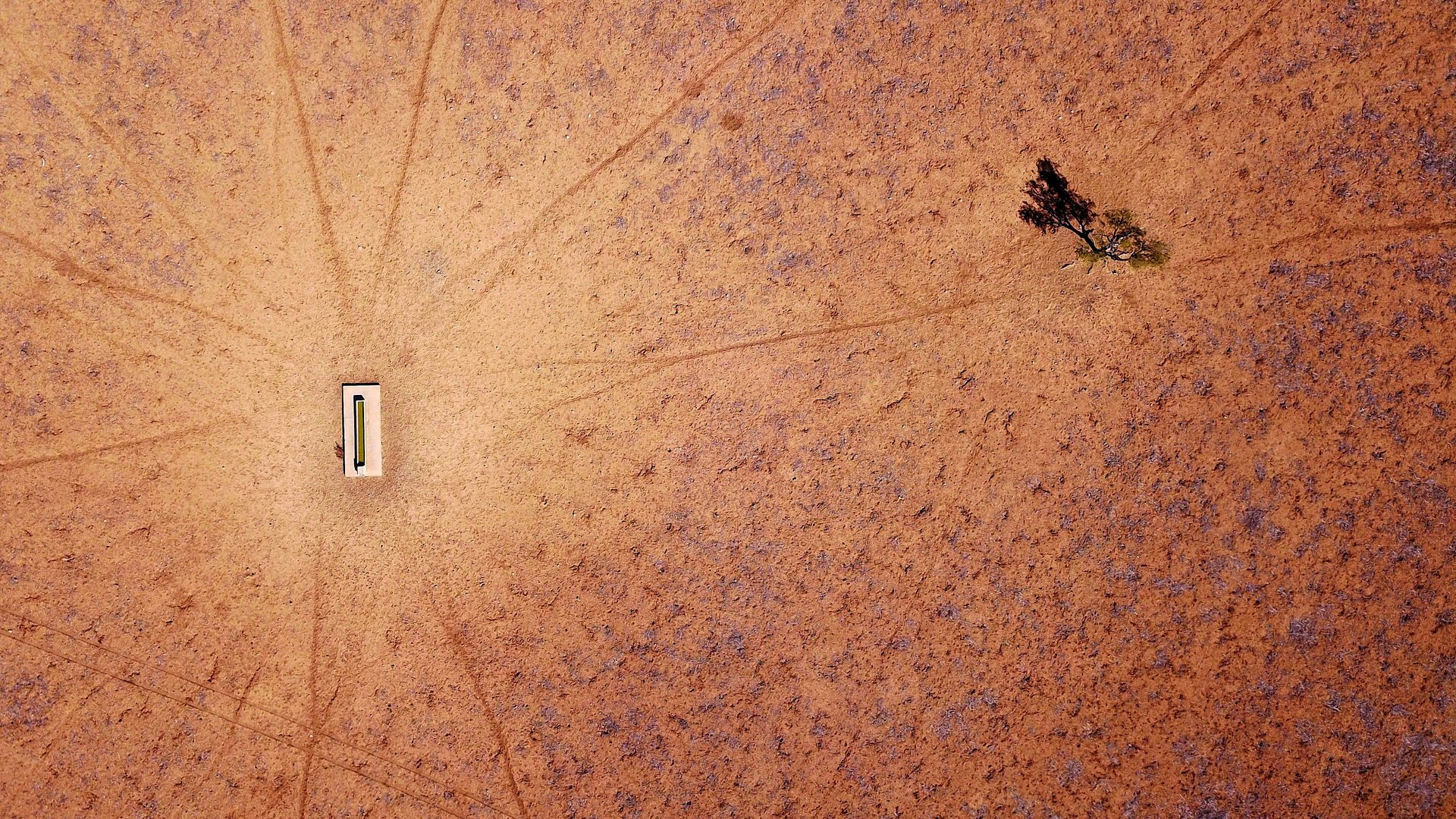

Lake Mead
This manmade lake, a build-up of the Colorado River running into the Hoover Dam, is a lifeline for the Southwest, in particular Las Vegas, which has seem rampant development over the past decades, seen on the left of these satellite images, as well as major cities in Arizona. Recent droughts and depleted snow melt flowing into tributaries has left Lake Mead close to dangerously low levels.
Correction: This article incorrectly stated that Lake Mead sits along the Columbia River. It sits along the Colorado River.